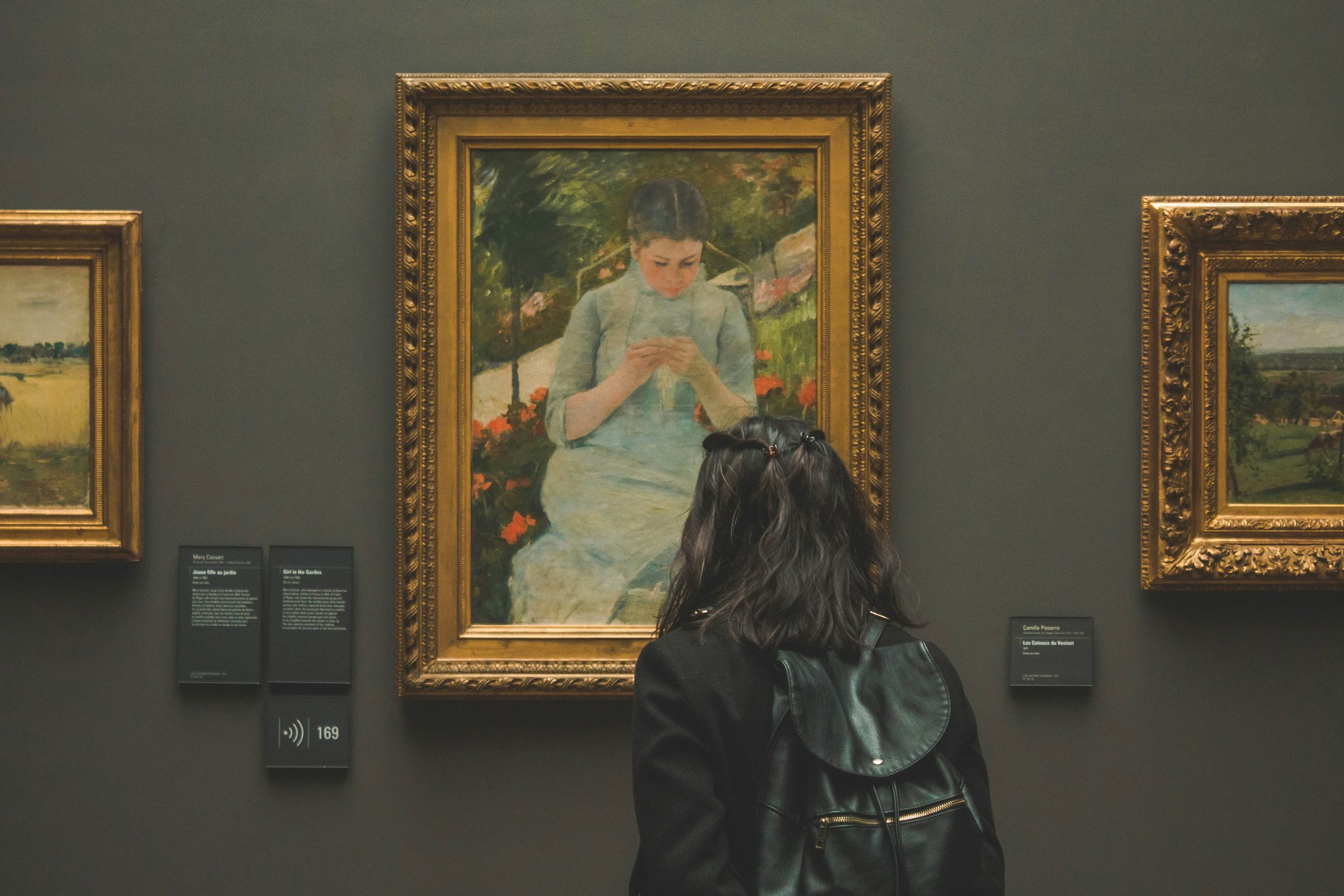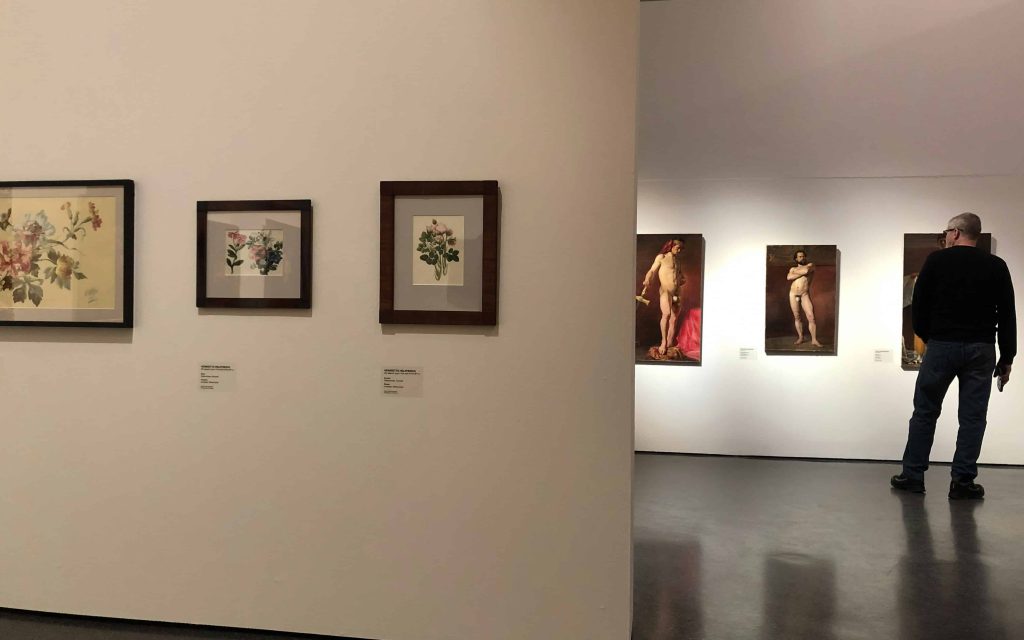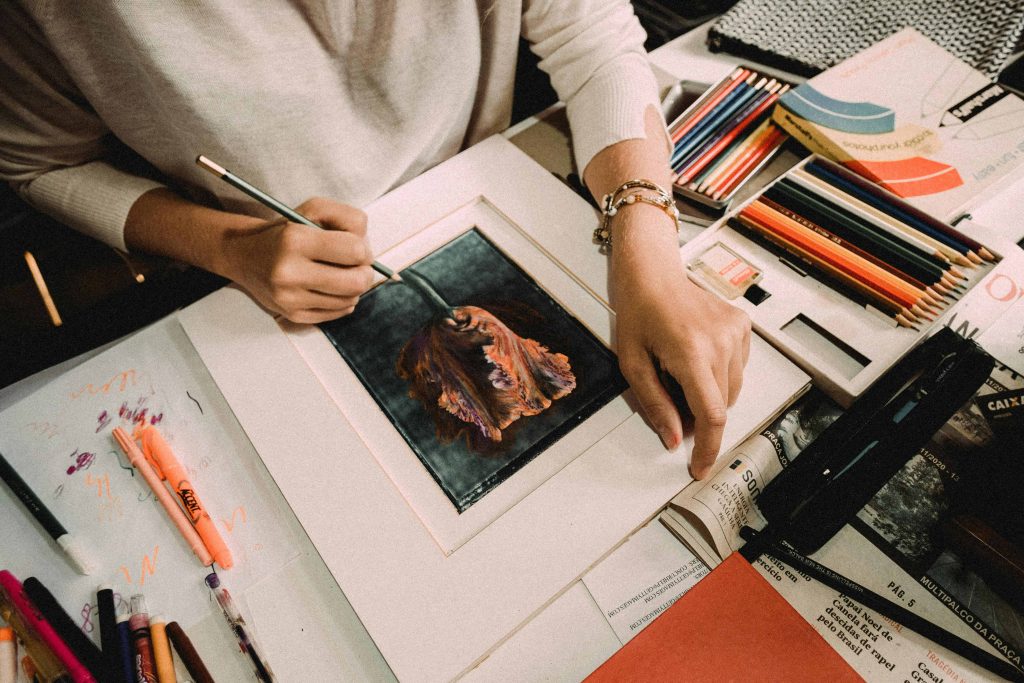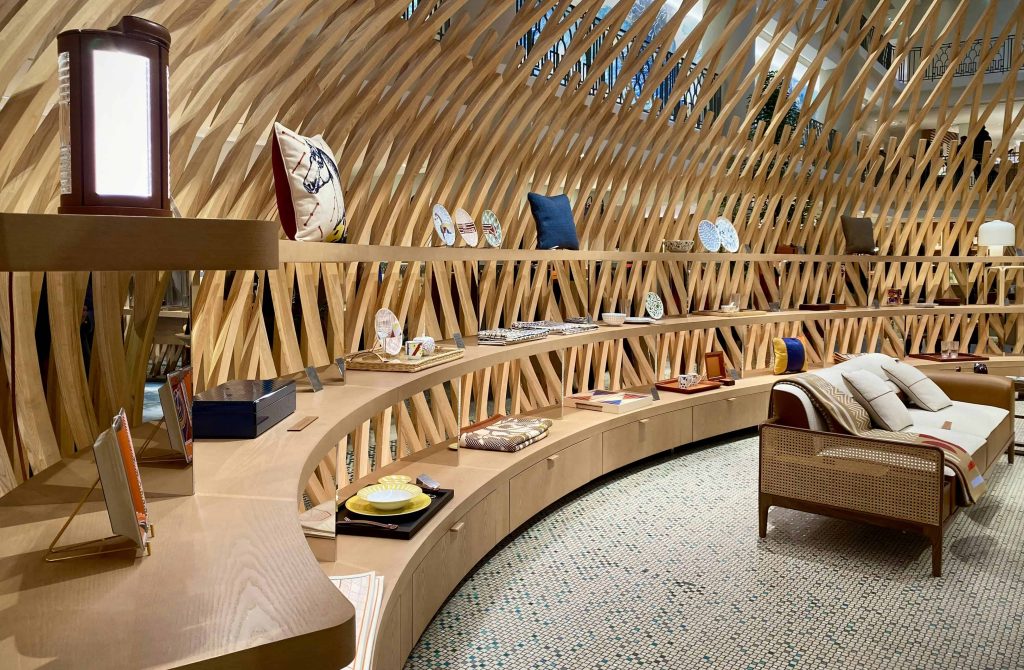
16 Sep Building a Narrative in Art Collection Showcases
Building a Narrative in Art Collection Showcases: Enhancing Visitor Engagement
In the world of art exhibitions, storytelling isn’t just a tool; it’s the cornerstone of a captivating experience. As curators and artists, we have the power to weave narratives that transcend individual pieces, connecting them into a tapestry of meaning and emotion. In this article, we delve into the art of narrative-building and its profound impact on art collection showcases.
Art exhibitions are more than mere displays of creativity; they are opportunities to transport visitors into different worlds, evoke emotions, and provoke thoughts. A well-crafted narrative serves as a guiding thread, leading viewers through the labyrinth of artworks, enriching their understanding, and fostering a deeper connection.
Narratives provide a framework for organizing and interpreting the diverse array of artworks on display. By contextualizing individual pieces within a broader narrative arc, curators create a cohesive experience that resonates with visitors long after they leave the gallery walls. From thematic explorations to chronological journeys, the possibilities for narrative-driven showcases are as vast as the creative imagination itself.

The Power of Narrative in Art Collections
Narratives wield transformative power, acting as the essential glue that binds diverse artworks into a cohesive whole. Through the strategic weaving of context, curators breathe life into individual pieces, revealing hidden depths and resonances that might otherwise slip unnoticed. Whether unraveling the intricate threads of an artistic movement’s evolution or delving into the subtleties of a common motif, narratives enrich exhibitions, infusing them with a profound sense of purpose and unity. They serve as guides, illuminating the paths that lead viewers towards deeper understanding and connection with the artistry before them.
In art collections, narratives are the threads that weave through each piece, connecting them in a tapestry of meaning and emotion. Curators, like skilled storytellers, arrange artworks to provoke curiosity and introspection. By skillfully orchestrating the placement of each piece and employing storytelling techniques, they transform the gallery into a narrative landscape. Viewers are not just passive observers but active participants, invited to unravel the stories and interpretations behind each artwork, fostering a profound engagement that transcends the visual to touch the realms of thought and feeling.

Building Your Narrative
Crafting a compelling narrative begins with a clear understanding of the central theme or concept driving the collection. Whether it’s a journey through time, an exploration of a specific motif, or an examination of contrasting ideologies, the narrative serves as a roadmap, guiding both curator and visitor alike. Consider the audience demographic and tailor the narrative to resonate with their interests and sensibilities.
Approaches to Crafting a Narrative:
- Chronological: Trace the progression of styles, movements, or artists’ careers over time. By organizing artworks in chronological order, curators can provide insights into the historical context in which they were created, shedding light on the influences and motivations behind each piece.
- Thematic: Group artworks based on shared concepts or ideas, illuminating recurring motifs or themes. This approach allows curators to explore the multifaceted nature of artistic expression, drawing connections between seemingly disparate works and inviting viewers to consider the underlying messages or symbolism.
- Juxtapositional: Create dynamic dialogues between contrasting pieces, inviting viewers to explore connections and contradictions. By juxtaposing artworks with opposing themes or aesthetics, curators challenge viewers to reconsider their preconceptions and explore the tension between opposing forces.

Bringing the Narrative to Life
Transforming a narrative from concept to reality requires careful consideration of presentation methods. From informative wall texts to curator’s statements, every element contributes to the immersive experience. Thoughtful artwork placement and strategic use of multimedia elements further enhance engagement, inviting viewers to immerse themselves fully in the narrative unfolding before them.
Methods for Presenting the Narrative:
- Informational Wall Texts and Labels: Provide concise yet informative descriptions of each artwork, offering insights into the artist’s intentions, techniques, and historical context.
- Curator’s Statements and Audio Guides: Offer a deeper exploration of the narrative behind the exhibition, providing context and interpretation that enriches the viewer’s understanding.
- Artwork Placement and Physical Layout of the Exhibition Space: Arrange artworks in a manner that enhances the flow of the narrative, guiding viewers through a curated journey of discovery.
- Multimedia Elements like Video or Soundscapes: Incorporate multimedia components to create a multi-sensory experience, allowing viewers to engage with the narrative on multiple levels.

Conclusion
In the dynamic realm of art collections, narratives serve as potent conduits, shaping experiences and forging connections between art and audience. By embracing the power of storytelling, curators and artists transform exhibitions into immersive journeys that transcend the boundaries of time and space. As we continue to explore the art of narrative-building, let us recognize its transformative potential to elevate the appreciation of art, enrich lives, and foster a deeper understanding of the human experience. Through the thoughtful crafting and presentation of narratives, we invite viewers to embark on a voyage of discovery, where every artwork becomes a chapter in the grand story of artistic expression.
Key Takeaways
- Narratives as Cornerstones: In art collection showcases, narratives are not just tools but essential foundations for engaging experiences, connecting individual artworks into a meaningful whole.
- Narratives Enhance Engagement: Crafting compelling narratives enriches visitors’ understanding, fostering deeper connections and emotional resonance with the exhibited artworks.
- Narratives Provide Structure: Narratives offer frameworks for organizing and interpreting artworks, whether through thematic explorations, chronological journeys, or juxtapositional dialogues.
- Crafting Narratives Requires Strategy: Curators must carefully consider the central theme, audience demographics, and presentation methods to create impactful narratives that resonate with viewers.
- Presentation Enhances Immersion: Thoughtful presentation methods, such as informative wall texts, curator’s statements, artwork placement, and multimedia elements, further enhance visitor engagement and immersion in the narrative.
- Narratives Shape Experiences: By embracing storytelling, curators and artists can transform exhibitions into immersive journeys that transcend time and space, enriching lives and deepening understanding of artistic expression.
FAQs
Why are narratives important in art exhibitions?
Narratives serve as the cornerstone of a captivating experience for visitors by connecting artworks into a cohesive tapestry of meaning and emotion. They transport visitors into different worlds, evoke emotions, provoke thoughts, enrich understanding, and foster deeper connections with the art.
How do narratives enhance the art exhibition experience?
Narratives provide a framework for organizing and interpreting diverse artworks, creating a cohesive and engaging experience for visitors. By contextualizing individual pieces within a broader narrative arc, narratives reveal hidden depths, enrich exhibitions with purpose and unity, and leave a lasting impact on viewers.
What methods are used to craft and present narratives in art exhibitions?
Curators craft narratives based on central themes or concepts, employing approaches such as chronological, thematic, or juxtapositional organization. Presentation methods, including informational wall texts, curator’s statements, artwork placement, and multimedia elements, further enhance the immersive experience, inviting viewers to engage with the narrative on multiple levels.
Be part of an exploration at the crossroads of culture, creativity, and community, uncovering the profound impact of these intersections on shaping our collective artistic journey and enriching our shared experiences with depth and diversity.

